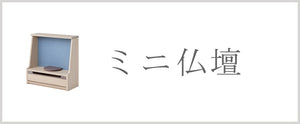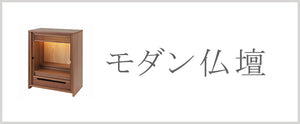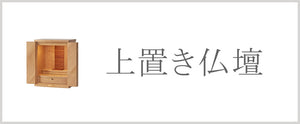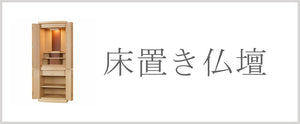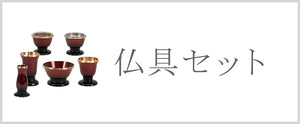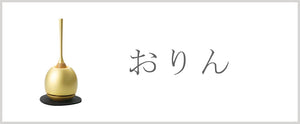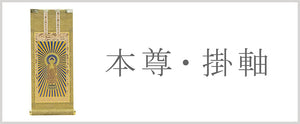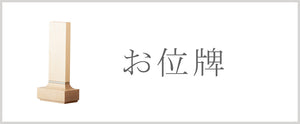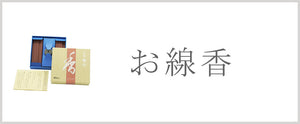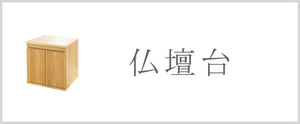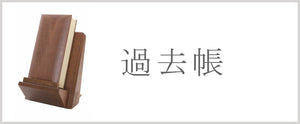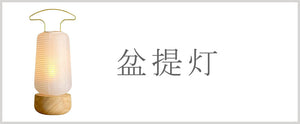Last updated:
Release date:
Bon lanterns softly illuminate eaves and Bon altars during the Obon period.
Not only do they serve as a guide for the spirit of the deceased when returning home, but they are also popular as gifts to express comfort and gratitude to the bereaved family members celebrating the first Bon festival (Shinbon).
Bon lanterns are also perfect gifts for families who have lost a loved one and are living in emotional turmoil.
In this article, we will explain the correct way to give Bon lanterns and the different types available.
Bon Festival Lanterns as Gifts
Bon lanterns as gifts are typically given in pairs (set of two).
However, it would not be considered rude to give just one bottle, depending on the recipient's living situation and your own budget.
However, if you do not take care to adjust the size to suit the recipient's floor plan, they may not have anywhere to display the gift, which could end up making them feel uncomfortable.
Also, white lanterns (plain white lanterns) are displayed only during the first Bon festival, and are often prepared by the family of the deceased, so you should be careful not to give them as gifts.
It is said that one white lantern is enough for each deceased person, so they are not displayed in multiples like regular Bon lanterns.
Therefore, it would be preferable to choose a Bon lantern with a floral or plant design as a gift.
Unlike white lanterns, bon lanterns with pictures can be used for Bon festivals after the first one.
When to give Bon lanterns
The time to give Bon lanterns varies depending on when Obon is held.
In some areas, especially in Tokyo, preparations are made to coincide with Shinbon (July 13th to 16th) , while in most other areas preparations are made to coincide with Kyubon (August 13th to 16th). Therefore, when giving a Bon lantern, the general rule is to check the timing and "arrange for it to arrive around the beginning of the Obon month."
Of course, for the recipient, the earlier the gift arrives, the more time they will have to prepare for Obon.
Types of Bon Festival Lanterns
In line with recent changes in housing conditions, the types of Bon lanterns available are now diversifying.
Bon lanterns are broadly divided into freestanding and hanging types, but new designs of Bon lanterns have appeared that are distinct from previous Bon lanterns in both shape and size.
Here we will briefly introduce both traditional and modern designs.
- Traditional design
- Contemporary (modern) design
Traditional design

When you think of traditionally designed bonbori lanterns, you probably imagine a lantern with a spherical or cylindrical firebox (the part of the bonbori lantern that lights up) covered in shoji paper in the middle, with wooden or other frames called gawa attached to the top and bottom of the opening.
These bonbori lanterns are made from a variety of materials, including silk, Japanese paper, and plastic, depending on the type, and some have intricate patterns painted on them, but they all have the same basic structure.
Some of them feature family crests or motifs that evoke memories of the deceased or their family members.
Contemporary (modern) design

Many modern-design bonbori lanterns, such as those that look like room lamps, are designed to be used throughout the year, not just during the Obon period.
Compared to traditional lanterns, these do not evoke the unique atmosphere of memorial services, but rather feature a smart design based on Japanese modernity.
The designs are perfect for blending seamlessly into modern life, with some offering bold changes in color when lit, some with unique shapes that can be used both standing and hanging, and some that make use of the texture of materials such as steel.
There is also a wide variety of options available to match your room's interior.
How to write and attach a noshi

When giving a Bon lantern, a noshi is attached, but the inscription on the envelope differs depending on whether or not 49 days have passed since the death of the deceased.
The correct term is "Goreizan" until the 49th day, and "Gobutsuzen" after that.
Generally, the first Bon festival is held after the 49th day has passed, so the use of "Goreizan" is not common.
Only the Jodo Shinshu sect uses the term "Gobutsuzen" from the day of death.
If you don't know which one to use, you can use "Goku" or "Hatsubon."
The way you attach the gift wrapping paper also needs to be adjusted depending on the situation.
The "outside wrapping" method, which involves placing a gift tag on top of regular wrapping, has the advantage of making it easier for the giver to identify the gift in a large gathering.
On the other hand, if you want to express modesty, you can also use the "uchi-noshi" method, where the gift wrapping paper is revealed after the gift is opened.
There are some regional differences in how gifts are received, so it is best to choose gifts that suit the customs of the region you are giving them to.
Don't forget to be considerate of the recipient when giving a Bon lantern
When giving a Bon lantern, it is very important to choose the lantern and know how to give it properly.
If you can choose the right type and design of Bon lantern to use with the appropriate gift tag and avoid causing unnecessary worry to the recipient's family, the recipient will be pleased.
Please give a heartfelt bon lantern while imagining the situation and home of the deceased's family.
Nagomi Kobo TOP page is here >


